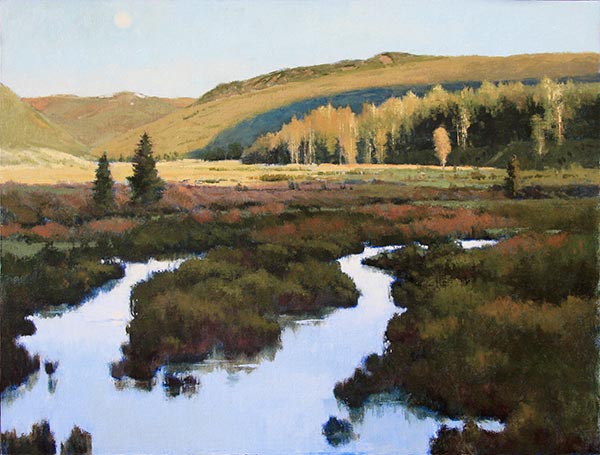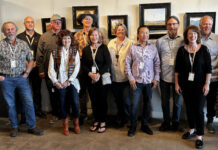– Bob Bahr reporting, Editor PleinAir Today –
At Shanna Kunz’s favorite spot near the headwaters of the Gallatin River, there’s beauty in every direction, and when evening light falls, beautiful paintings volunteer themselves.
Lead Image: “Moonrise,” by Shanna Kunz, 2014, oil, 36 x 48 in.
Kunz is represented by a gallery in Bozeman, Montana, so she makes the trek from Utah to that city fairly often. And nearly every time, she stops at the spot where the Gallatin emerges from Yellowstone National Park and flows into Montana. “The whole area is so beautiful that I can’t stop painting it,” says Kunz. “There are about three pull-offs along the road there. In every direction there is something just astounding. It’s the most beautiful place. The two waters you see in these paintings were created by beaver dams that split the river. Plus, there are some old fences from old homesteads. All that land is owned by the Forest Service now.”
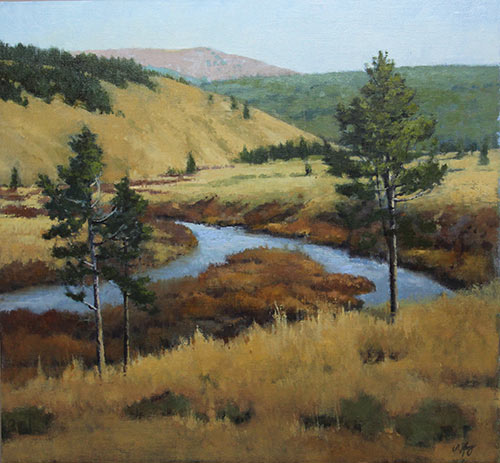
Kunz’s paintings from that spot create a sort of series. The painter says this isn’t unusual. “I do that a lot in my work anyway — work in a series,” says Kunz. “I make my own boundaries on what a series may be. It could be based on shape placement, or format, or season, or key (high or low). I seldom paint a spot just once — I almost always paint something at least a half dozen times to develop an emotional feel for it.”
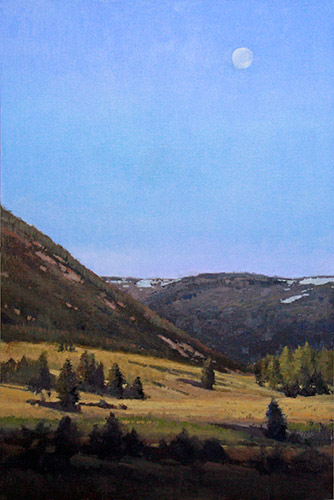
The scenes are idyllic, largely because the landscape there is idyllic. Kunz strives to hew to the truth in the face of such aching beauty. “I don’t want to be overly romantic with my work,” she says. “I don’t want to make my paintings overly sweet — just honest. But let’s face it — mornings and evenings are incredible. Shadow and sunlight create compositional elements that pull the viewer’s eye through the painting. But even the middle of day can inspire something honest. That’s the most important thing, authenticity. It’s my voice, whether it’s good or bad.”
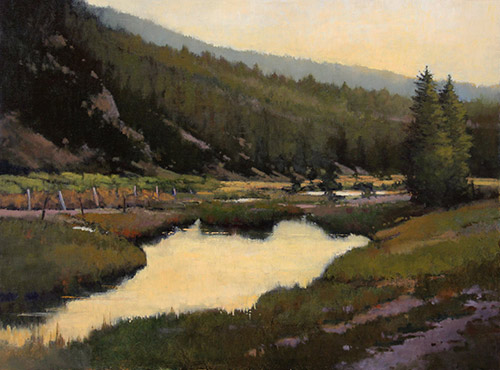
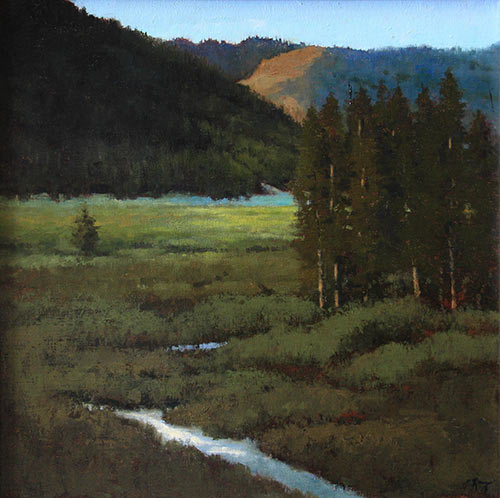
Kunz grew up in a family that camped and fished. She was destined to become an amateur naturalist, and that she is, reading up on geology and botany, learning all she can about the red rocks of her Utah home and the quaking aspens of high meadows. Evidence of human presence is fairly scarce in her work. “Maybe one out of 20 of my paintings will have a little structure or something in it,” Kunz says. “I love trees. I love how they are situated along a river.”
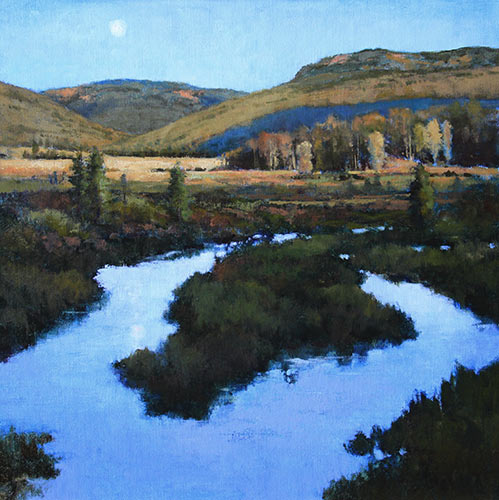
She is a bit of a tonalist, but her subject matter trumps any painterly effects. “Some people are very process-oriented about painting. It’s about the paint, the brushwork,” Kunz asserts. “For me it’s about the imagery, about putting yourself there, feeling like you can put yourself into your painting. I have painted florals, the figure, architecture … but that doesn’t do it for me. That sense of place and how the land ties together, and the visual imagery — that’s what interests me. I started as a watercolorist, but people would tell me my watercolors looked like oils. Then, when I first switched, people thought my oils looked like watercolors. Why? Because it is about the imagery, not the medium. I used to paint quite thin and very tonal. But that is changing.”
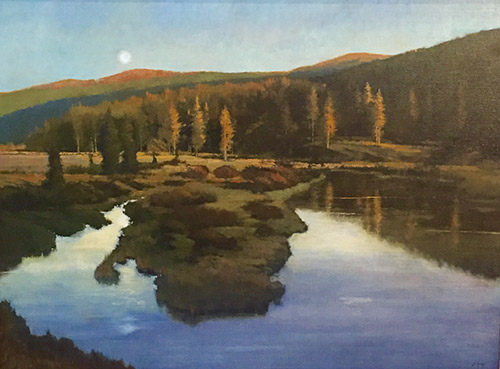
The imagery that keeps pulling her in is the headwaters of the Gallatin, on the fringe of Yellowstone. This daughter of a devout fisherman easily sees its beauty. “It’s a fly-fishing paradise,” says Kunz. “All those little streams winding to the Gallatin … deer, moose, and all the wildlife you can imagine. Most of my paintings look like there could be a fisherman somewhere in the composition, but the only times I’ve actually put a fisherman in a painting, it’s been my dad, and he usually gets those paintings.” Kunz doesn’t partake in the gentle art. “I am really good at catching shrubs,” she jokes. “I tie a mean fly though. I would just as soon be on the banks, painting.”

